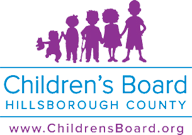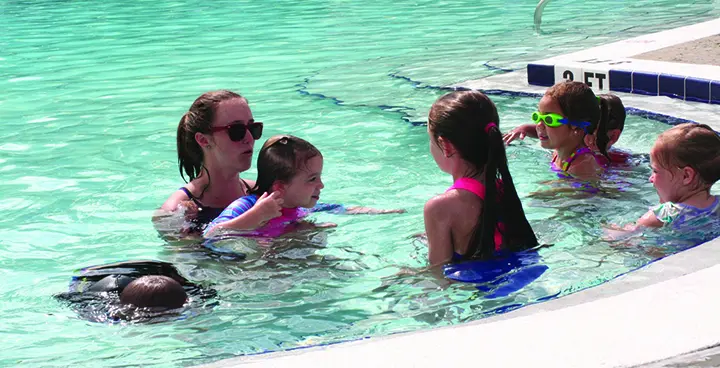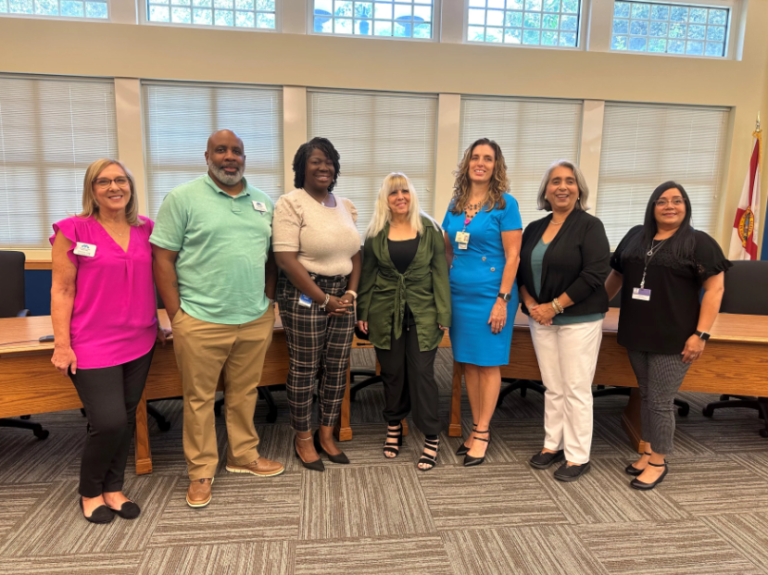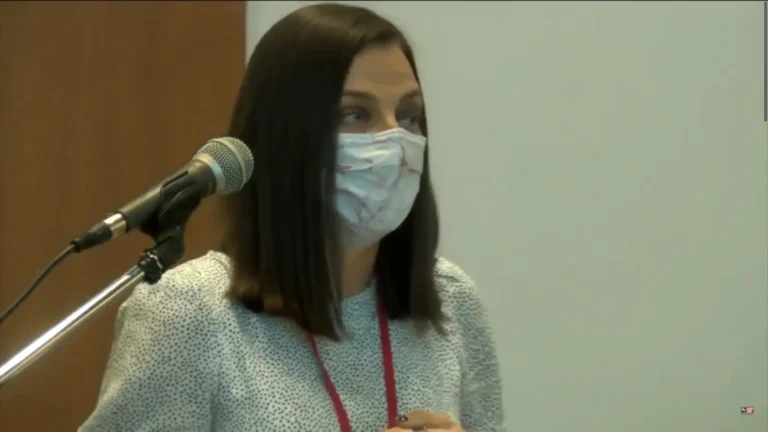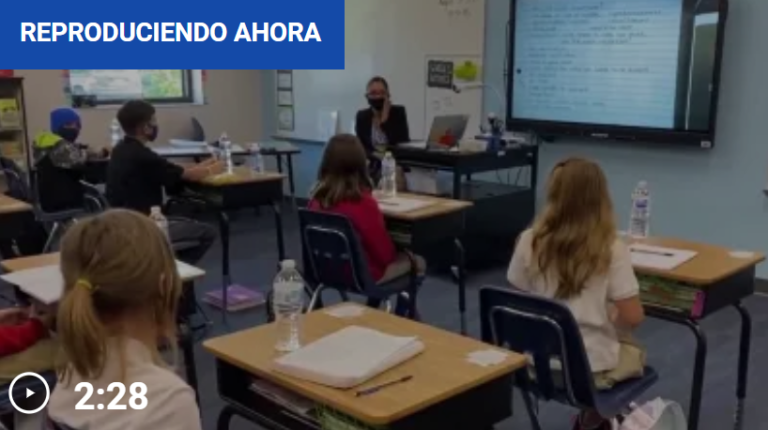CBHC Response to Sandy Hook
We are deeply affected by the recent shooting at Sandy Hook Elementary in Newtown, Connecticut. After such a horrific event, it can be difficult to sort through your feelings. It’s also difficult to explain the event to a child. Below are helpful resources for those that need assistance coping with the aftermath of this tragedy.
“When I was a boy and I would see scary things in the news, my mother would say to me, ‘Look for the helpers. You will always find people who are helping.’ To this day, especially in times of ‘disaster,’ I remember my mother’s words and I am always comforted by realizing that there are still so many helpers – so many caring people in this world.” Mr. Rogers
The tragedy at Sandy Hook Elementary has deeply affected many. At the Children’s Board, we have been compiling some resources that might be of help to you.
COUNSELING/SUPPORT:
Crisis Center of Tampa Bay/Dial 211
http://www.211atyourfingertips.org/
http://www.crisiscenter.com/
Substance Abuse Mental Health Services Administration, Disaster Distress Helpline
Dial 1-800-985-5990 or Text TalkWithUs to 66746
http://www.disasterdistress.samhsa.gov/
The Life Center provides counseling and support to anyone who has experienced traumatic loss. Staff is highly trained and all services are free or on a sliding scale. The Life Center also has support groups for parents who have lost a child (English and Spanish).
http://www.lifecenteroftampa.org/
The Suncoast Kid’s Place provides support for children and families following the death of a loved one; a local organization with well trained staff. Website is also a good resource for families.
http://www.suncoastkidsplace.org/
ARTICLES:
How to Help Children Cope with a Crisis, Save the Children
http://www.savethechildren.org/site/c.8rKLIXMGIpI4E/b.8479773/k.2264/How_to_Help_Children_Cope_with_a_Crisis.htm
Helping Your Children Manage Distress in the Aftermath of a Shooting, American Psychological Association
http://www.apa.org/helpcenter/aftermath.aspx
Managing Your Distress in the Aftermath of a Shooting, American Psychological Association
http://www.apa.org/helpcenter/mass-shooting.aspx
Five Questions on the Tucson, AZ, Shootings for Psychologist Joel Dvoskin, PhD, American Psychological Association
http://www.apa.org/news/press/releases/2011/01/tucson-shootings.aspx **please refer to the 3rd question
Psychological First Aid (PFA) for Students and Teachers: Listen, Protect, Connect, U.S. Department of Education
http://rems.ed.gov/docs/HH_Vol3Issue3.pdf
After a Loved One Dies: How Children Grieve, David J. Schonfeld, MD & Marcia Quackenbush, MS, MFT, CHES
http://www.newyorklife.com/newyorklife.com/General/FileLink/Static%20Files/New%20York%20Life%20Foundation%20Bereavement%20Guide%20-%20After%20a%20Loved%20One%20Dies%20.pdf **Copy/paste in your browser
Childhood Trauma and the Elementary School-Age Child, Substance Abuse and Mental Health Services Administration
http://www.samhsa.gov/children/dropin_trauma_elementary.asp
When Children Experience Trauma: A Guide for Parents and Families, Act Against Violence
http://actagainstviolence.apa.org/materials/publications/act/trauma.pdf
The following article is from the Council for Relationships (CFR) in Condordville, Pennsylvania. Nancy DePaul, MSW, LMFT, LCSW is the Director of CFR’s Concordville office and a Senior Staff Therapist and can be reached at (610) 558-4060 x1.
Unexpected Community: Meeting the Needs of Our Children in Uncertain Times
In the early hours of 12/14/12, our nation was gripped by a tidal wave of grief and heartbreak upon learning of the deaths of 20 innocent children and 6 heroic adults. As we learned of these tragic deaths, parents across our country recognized in horror that they were left with the responsibility of explaining this unspeakable event to their own children. Each of us who cares for children feels a universal bond and holds an ethical responsibility for the ultimate safety of our “charges.” For those of us who love children, it is codified in our very being; children are vulnerable and it is our duty to protect them. The teachers and administrative staff in Newtown, Connecticut honored the code.
In the immediate aftermath of such devastation it is a natural response to have an array of emotions including anger, defensive aggression, hopelessness and fear. We are the experts – parents, educators, clinicians. It is our job to know, protect, and provide the necessary resources for children when they are suffering. It is within the framework of this task that parents need to begin by identifying where they are in their own sense of safety. A good place to begin is in quiet reflection. What questions do you need to answer for yourself regarding your children’s safety? What are the resources you have to comfort and support your fears and concerns? How will you continue to provide reassurance to your children that their world is a place to discover and explore.
It has been my experience that it is always best to address children’s fears in an age appropriate manner, taking into consideration the child’s temperament, style, and “stress account.” Take the time necessary to process their fears and requests for information, and always let them know when you don’t have an answer. It is best to check in with children after school and midday on weekends. Avoid engaging in highly charged topics before bedtime – an anxious brain does not rest, but continues to collect and select data.
Understand it is your role to protect your child’s brain. Children have an underdeveloped prefrontal cortex. The executive functioning role of your child’s brain is not prepared for highly charged emotionally alarming information. When children become over stimulated by frightening information they may begin to exhibit their fear by regressing to earlier behavior including bed-wetting, clinging, or verbal expression of internal distress. These are opportunities to provide body comfort like snuggling, extra hugs and hand holding.
Begin with a line of questioning that is supportive and curious. Avoid being intrusive or suggestive of your own emotional needs. A good start would be to ask what questions, concerns or problems they have right now and then come up with a plan to tackle their biggest concern. Understand that sometimes children will reenact their fears through play. Play is a wonderful outlet and personal expression of self, self-industry, self-esteem and self-doubt. Support their play as it helps them create meaning out of uncertainty and mastery over conflict. There is no good or bad play; attend to play that is harming or harmful and redirect the child to a theme that is less negative.
Over the past several days we have heard much about the notion of children and resiliency. The idea that all children have a reserve account of resiliency that allows them to get to the other side of trauma is not altogether accurate. Resiliency is defined in literature as “the ability to withstand and rebound from disruptive life challenges” (Luthar, Ciccheti and Becker, 2000). Some of us are wired to cope, manage and sustain a positive attitude no matter what in life befalls us. Others have a more vulnerable constitution that requires more attention to sensory input and emotional distress. Please be mindful that children and their brains are not one-size-fits-all.
Each child is exquisitely wired to receive, sort and create meaning out of information. Some of this information flow comes through primary emotions which are directly observed in nonverbal expressions. When the primary people in a child’s life provide the green light – warmth, soft tone of voice and reassurance – the child pursues his/her own needs. When the primary adults in a child’s life are profoundly impacted by negative emotion the child reads this in a parent’s facial expression, verbal cues or physical gestures. The ultimate message is that this resource is less available. Trauma is disorganizing.
The following tips may help:
• Provide your children with a context to understand the events that occurred at Sandy Hook Elementary School.
• Be aware and sensitive to their needs.
• Avoid labeling. All children with mental health issues are not contemplating acts of violence. We are a part of a diverse human community and all children need our respect and support.
• Avoid isolation. Help your children by expanding their “unexpected community.” Learn what other parents and community organizations are doing, discuss gun safety and enlist other parents.
• Doing is the antidote to hopelessness.
